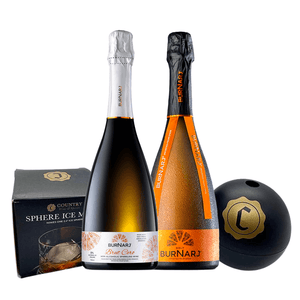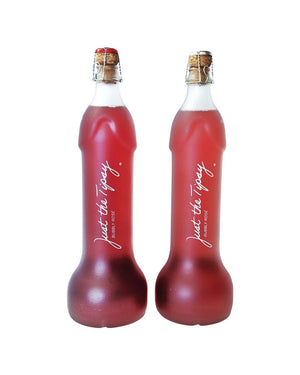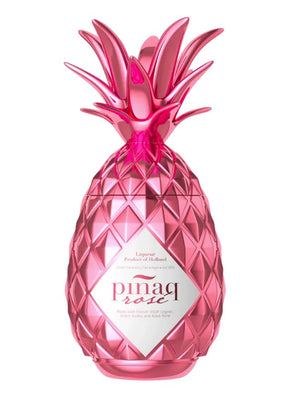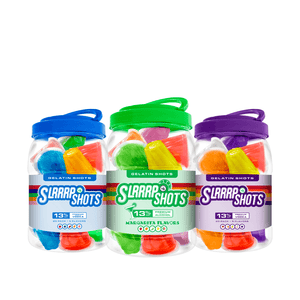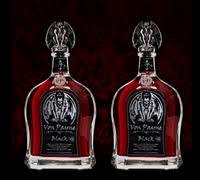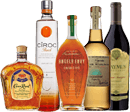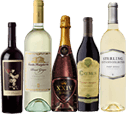The Caribbean is undeniably the epicenter of all rum production in the world. Practically every island here produces its own distinct rum style. More than 80% of the world’s total output comes from here. Rum is a strikingly popular spirit used in cocktails. One of the most popular drinks of this variety is known as the “Rum Sour.” It was conceived in Barbados (yay Rihanna!), and is served in a conch shell.
The most expensive rum in the world lacks a specific name, but makes up for it in price. Bottled in the 1940’s by the Jamaican distillers Wray and Nephew, it contains blends that are believed to date as far back as 1915. The bottle was displayed at Europe’s first Rum Festival, and there are only 4 such remaining in the world, which represent the lost tradition of Wray and Nephew. They are valued at $40,000 a bottle!
Rum has had a long association with piracy. While it began due to English privateers trading it as a valuable commodity, many of these privateers became pirates whose fondness for the sweet drink never vanished. Rum is the first branded spirit to have ever been made. In a spectacular display of a love for rum, the infamous Admiral Nelson who died in the battle of Trafalgar, had his body preserved in a cask of rum before it was finally laid to rest. That rum was referred to as ‘Nelson’s Blood.’ Rum has medicinal properties that were especially useful for armies at war until a few decades ago. The British Army was known to give rations of rum to its sailors as a mixture of rum and wine kept the risk of scurvy at bay.
Rum has humble origins. Its precursors date back to ancient India and China and are thought to have spread from here. As far as distillation goes, it was sugar plantation slaves in the Caribbean who discovered that sugarcane could be fermented and then distilled for a pleasant tasting drink. Rum was also at the epicenter of the infamous ‘slavery triangle,’ which operated from the late 16th to the early 19th centuries. The first leg involved the shipment of molasses to New England from the Caribbean to produce rum. The second leg was the shipment of rum to West Africa to trade for slaves and the third and final leg of this triangle was the passage of slave ships to the sugar plantations of the Caribbean and South America where these same slaves were put to work in the sugarcane fields.
Modern rum actually owes a lot of advancements in air conditioning and the growth of tourism. The latter half of the 20th century saw the viability of modern-day air conditioning, which made it possible for large numbers of people to migrate to warm-weather regions where rum remained a dominate spirit. This massive increase in tourists in such regions led to a rise in the popularity of the drink.




